Introduction
Stir-frying, a cornerstone of Asian cuisine, transforms simple ingredients into vibrant, aromatic dishes. Among the most versatile vegetables in this cooking method are daikon radish and carrots. These root vegetables, with their contrasting flavors and textures, complement each other beautifully when cooked properly. Daikon, known for its mild, slightly peppery taste and juicy crunch, pairs harmoniously with the sweet, earthy notes of carrots. When stir-fried to perfection, they retain their vibrant colors and textures, creating a dish that is as visually appealing as it is delicious. This article delves into the techniques, tips, and recipes needed to elevate your stir-fry game, ensuring your daikon and carrots are cooked to crisp-tender perfection every time.
Choosing the Right Ingredients
The foundation of a great stir-fry lies in selecting fresh, high-quality ingredients. When purchasing daikon, look for firm, unblemished roots with smooth, glossy skin. Avoid specimens with soft spots or wrinkled surfaces, as these indicate age or improper storage. Carrots should be bright orange, firm, and free of cracks. Smaller carrots tend to be sweeter, while larger ones may have a woodier core. For optimal flavor balance, aim for a 2:1 ratio of daikon to carrots, as daikon’s subtler taste benefits from the carrot’s inherent sweetness.
Essential Preparation Techniques
Proper preparation ensures even cooking and enhances the vegetables’ natural flavors. Begin by thoroughly washing both vegetables under cool water. Peel the daikon and carrots using a sharp vegetable peeler or knife, removing any residual dirt or tough outer layers. For daikon, trim the ends and cut it into uniform shapes—julienne strips, half-moons, or matchsticks work best. Carrots can be sliced diagonally, julienned, or shredded, depending on your desired texture. Consistency in size guarantees even cooking, so aim for pieces no thicker than ¼ inch.
The Science of Stir-Frying
Stir-frying is a high-heat, quick-cooking method that sears vegetables, locking in moisture and nutrients. To achieve this, use a wok or large skillet with sloped sides, which allows for efficient heat distribution and constant stirring. Preheat your pan over medium-high to high heat until a drop of water evaporates instantly. Add a neutral oil with a high smoke point, such as peanut, canola, or avocado oil, and swirl to coat the pan. Avoid olive oil, as its low smoke point can lead to a bitter taste.
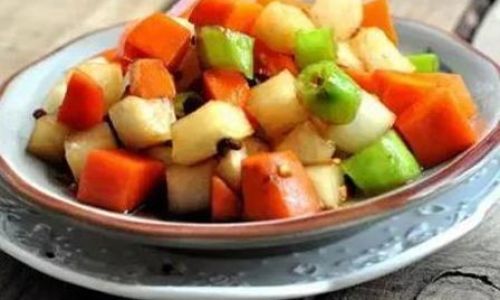
Mastering the Cooking Process
- Aromatics First: Begin by sautéing minced garlic, ginger, or shallots in the hot oil until fragrant (about 30 seconds). This step infuses the oil with flavor, creating an aromatic base for your dish.
- Add Vegetables in Order: Introduce the carrots first, as they require slightly longer cooking than daikon. Stir-fry for 1-2 minutes before adding the daikon. This sequential cooking ensures both vegetables reach the ideal texture simultaneously.
- Stir Constantly: Use a spatula or wok ladle to keep the vegetables in constant motion, preventing burning and ensuring even cooking.
- Season Thoughtfully: Avoid over-seasoning early in the process, as high heat can scorch spices or herbs. Instead, add soy sauce, oyster sauce, or a splash of rice vinegar toward the end of cooking.
- Finish with Freshness: Toss in a handful of fresh herbs, such as cilantro or basil, or a sprinkle of toasted sesame seeds just before serving to add brightness and texture.
Recipe 1: Classic Garlic Stir-Fry with Daikon and Carrots
Ingredients:
- 1 medium daikon radish (about 1 lb), peeled and julienned
- 2 medium carrots, peeled and julienned
- 3 garlic cloves, minced
- 2 tbsp vegetable oil
- 1 tbsp soy sauce (or tamari for gluten-free)
- 1 tsp sesame oil
- ½ tsp sugar
- Salt and pepper to taste
- Optional: 1 red chili, sliced (for heat)
Instructions:

- Heat the vegetable oil in a wok over high heat until shimmering.
- Add the garlic and chili (if using), stir-frying for 30 seconds until fragrant.
- Toss in the carrots and stir-fry for 2 minutes.
- Add the daikon and continue stir-frying for 3-4 minutes, or until both vegetables are tender-crisp.
- Drizzle with soy sauce, sesame oil, and sugar. Stir to coat evenly.
- Season with salt and pepper. Serve immediately with steamed rice or noodles.
Recipe 2: Spicy Honey-Soy Glazed Daikon and Carrots
Ingredients:
- 1 daikon radish, sliced into thin half-moons
- 2 large carrots, shredded
- 1 tbsp grated fresh ginger
- 2 tbsp honey
- 2 tbsp soy sauce
- 1 tbsp rice vinegar
- 1 tbsp neutral oil
- 1 tsp chili paste (such as sambal oelek)
- 2 green onions, sliced (for garnish)
Instructions:
- Whisk together honey, soy sauce, rice vinegar, and chili paste in a small bowl. Set aside.
- Heat the oil in a skillet over medium-high heat. Add the ginger and stir-fry for 1 minute.
- Add the carrots and daikon, stir-frying for 4-5 minutes until slightly caramelized.
- Pour the sauce over the vegetables and toss to combine. Cook for an additional 1-2 minutes until the sauce thickens.
- Garnish with green onions and serve alongside grilled meats or tofu.
Recipe 3: Lemon-Herb Daikon and Carrot Medley
Ingredients:
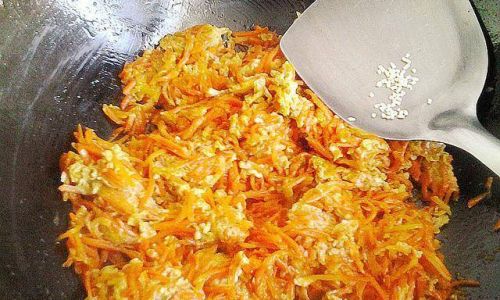
- 1 daikon radish, cut into matchsticks
- 3 carrots, sliced diagonally
- 1 tbsp olive oil
- Zest and juice of 1 lemon
- 1 tbsp fresh thyme leaves
- 1 tbsp unsalted butter
- Salt and pepper to taste
Instructions:
- Heat the olive oil in a large skillet over high heat. Add the carrots and daikon, stir-frying for 3 minutes.
- Reduce heat to medium and add the butter, lemon zest, and thyme. Stir until the butter melts and coats the vegetables.
- Squeeze lemon juice over the mixture and season with salt and pepper. Cook for 2 more minutes.
- Serve warm as a side dish or over quinoa for a light meal.
Tips for Perfect Texture and Flavor
- Avoid Overcrowding: Cook vegetables in batches if necessary. Overcrowding the pan steams rather than stir-fries, leading to mushy results.
- Test for Doneness: Pierce a piece with a knife; it should offer slight resistance (tender-crisp) rather than collapsing.
- Balance Flavors: Daikon’s mildness benefits from bold seasonings, while carrots’ sweetness can be highlighted with a touch of honey or citrus.
- Customize Add-Ins: Experiment with ingredients like snow peas, bell peppers, or mushrooms for added complexity.
Pairing Suggestions
Stir-fried daikon and carrots shine when paired with protein-rich dishes like teriyaki chicken, garlic shrimp, or tofu. They also complement fried rice, noodles, or grain bowls. For a refreshing twist, toss leftovers into a salad with mixed greens, avocado, and a sesame-ginger dressing.

Common Mistakes to Avoid
- Overcooking: Vegetables should retain their vibrant color and a slight crunch.
- Inconsistent Cuts: Uneven pieces lead to uneven cooking.
- Skipping Aromatics: Garlic, ginger, or shallots add depth—never omit them.
- Using Low-Quality Oil: Opt for oils with high smoke points to prevent burning.
Conclusion
Stir-frying daikon and carrots is an art that rewards practice and creativity. By mastering the balance of heat, seasoning, and technique, you can transform these humble root vegetables into a dish that steals the spotlight. Whether you prefer classic garlic-infused preparations, spicy-sweet glazes, or bright citrus notes, the key lies in respecting the vegetables’ natural qualities while elevating them with complementary flavors. So grab your wok, sharpen your knife, and embark on a culinary adventure that celebrates the simplicity and versatility of daikon and carrots. Your taste buds—and your dinner guests—will thank you.
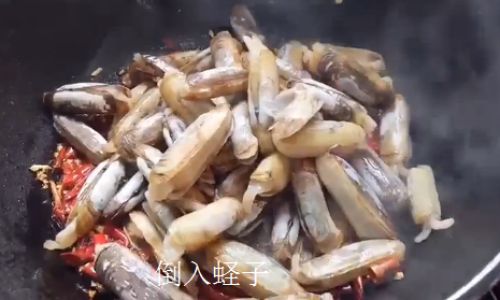

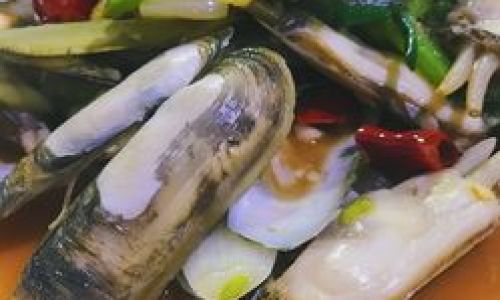
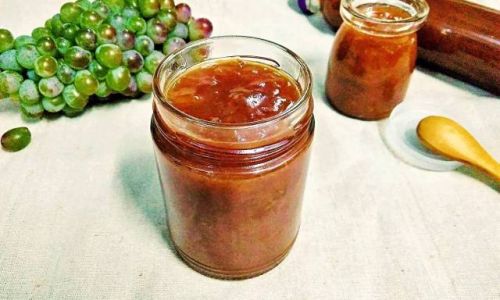

0 comments